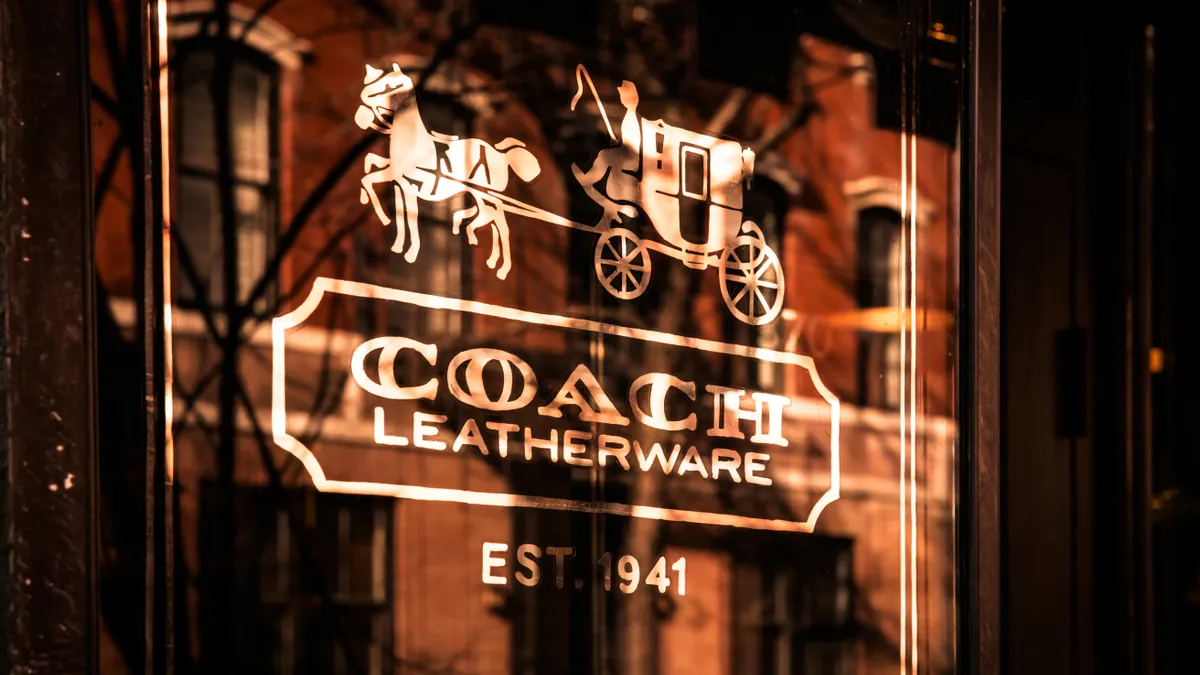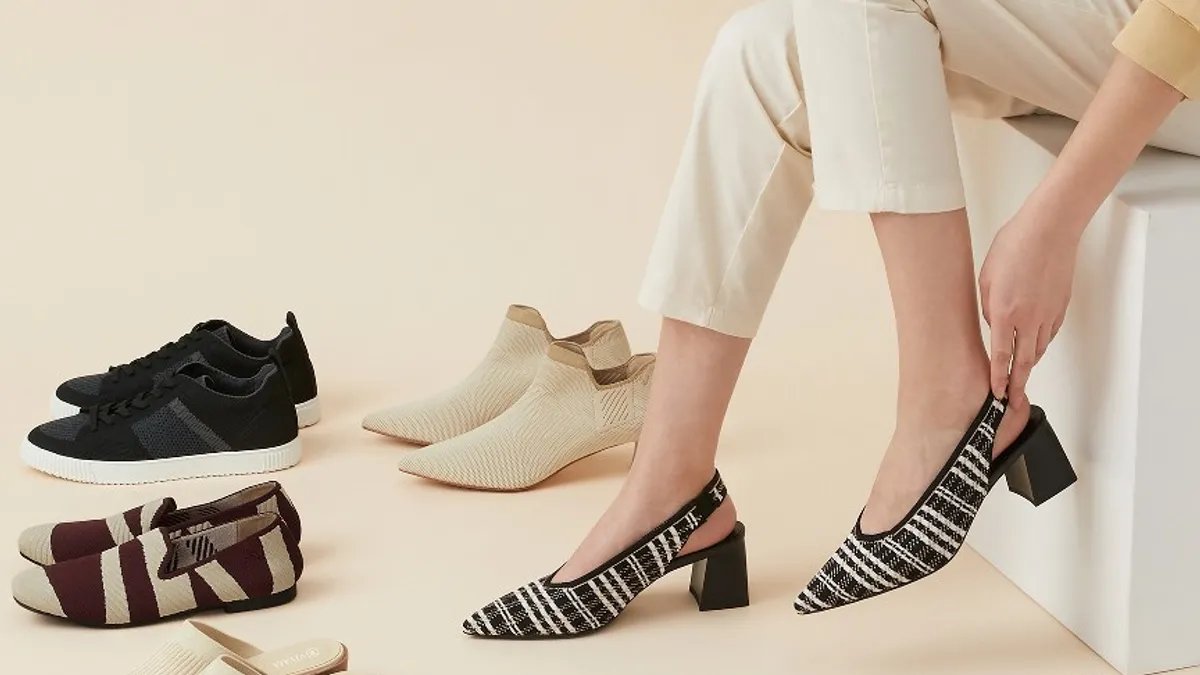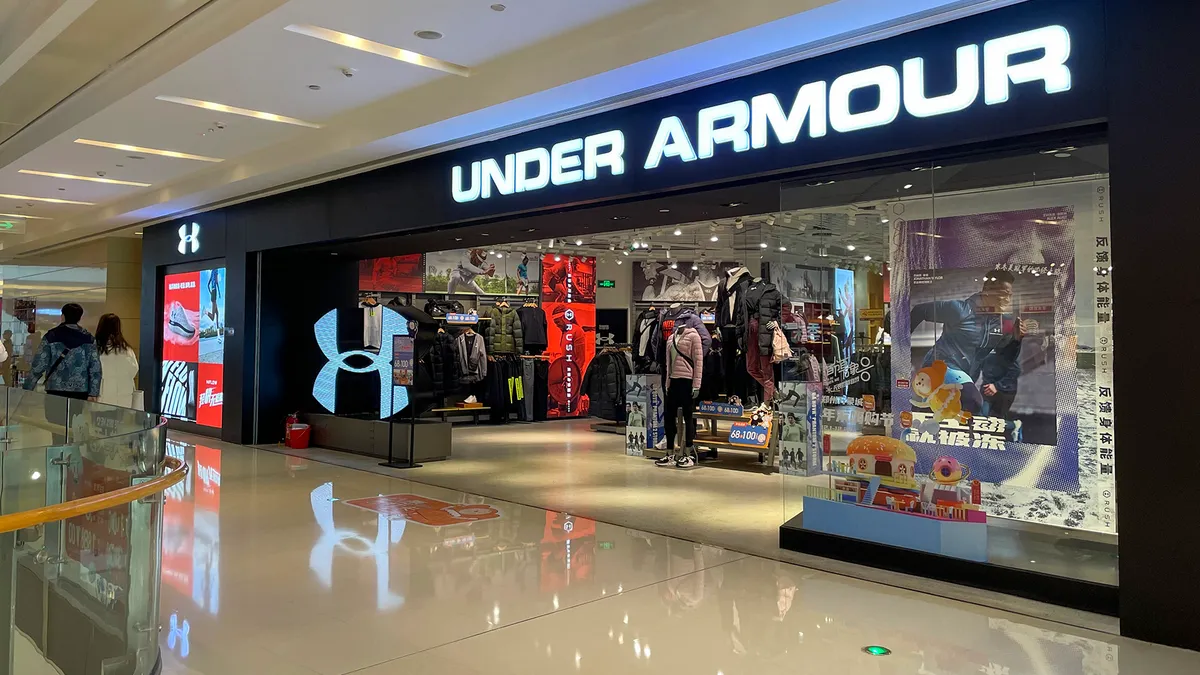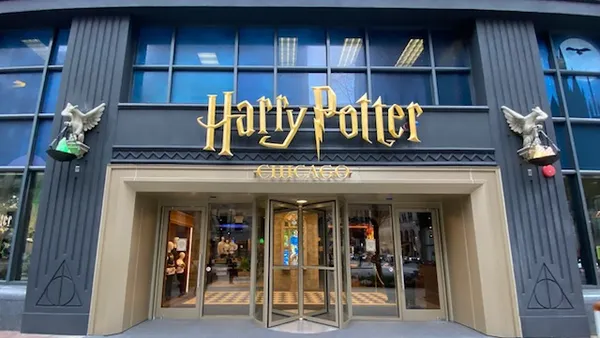What’s the story with Kors and Coach?
The question isn’t flippant. In a millennial-driven market, stories and experiences drive purchases, and young consumers want to connect with companies that tell compelling narratives. Millennials, who reached adulthood 16 years ago and are now raising families of their own, are the first digitally native generation, but clearly not the last. Therefore, understanding the complex way they interact with the world is critical when it comes to building a brand that will appeal not only to today’s omnichannel consumers, but to subsequent generations as well.
Although recent earnings reports from New York-based Coach Inc. and London-based Michael Kors Holdings Ltd. showed both companies exhibiting promising signs of life, the two giants still have trouble gaining traction with millennial consumers. That’s in part because millennials don’t see a material world so much as a digital one. They value the intangible aspects of brand — how it makes them feel, how it helps them self-define — as much, or more, than the tangible aspects, such as price point and quality.
For companies such as Coach and Kors, which have spent decades establishing luxury bonafides, it’s understandable that they’d bristle at the concept of having to reinvent themselves for a generation that values connectivity over ostentation.
Posting Positives
To be fair, both Kors and Coach are on a slight upswing. In January Coach Inc., which declined to comment for this story, reported fiscal net sales of $1.27 billion for the period ended December 26, 2015, compared with $1.22 billion for the same period of the prior year, a 4% increase. However, total North American Coach brand sales decreased 7% for the quarter, a decline that was offset by marginal gains internationally. The company is still profitable, reporting a gross profit of $859 million versus $840 million a year ago.
Michael Kors Holdings Ltd., which also declined to comment for this story, reported earnings last week that were more encouraging. According the earnings call, total revenue increased 6.3% to $1.4 billion from $1.31 billion for third quarter ended December 26, 2015, and gross profit increased 4% to $832 million.
So what’s the issue, exactly? According to some analysts, it’s all about appearances.
“I don’t think of Coach as true luxury product anymore because it doesn’t have the cachet as a brand,” Ben Smithee, CEO of The Smithee Group, a consumer consultancy specializing in millennial marketing, told Retail Dive. “Luxury is truly about an image. If I took the label off an Hermès belt it would not be worth $1,000. Kors has historically catered to the approachable luxury market, but there’s no brand story. And what do they advertise? What is the luxury product on offer? You can get a $150 top at Zara, but the quality might be on par with low-end Kors.”
This isn’t to say that there aren’t positives moving forward for both brands. On the heels of its upbeat earnings report, Coach announced it would be opening a new New York City Fifth Avenue flagship store to coincide with the brand’s 75th anniversary. Still, integrating forward momentum into existing brand identity can be challenging, especially for brands with long-established histories.
“Millennials are digital natives, and brands like Michael Kors and Coach are investing strategically in delivering a seamless, blended multichannel shopping experience,” Ray Hartjen, director of marketing for RetailNext, told Retail Dive.
Hartjen said that the lion’s share of this investing leaned toward digital, and that to date, Michael Kors was seen as a digital strategy leader. However, Hartjen also noted that it was important to enhance brick-and-mortar channels moving forward. This is especially important in light of of razor thin online margins that even Michael Kors CEO John Idol acknowledged affected retailing in general.
“To spur growth, brands like Michael Kors and Coach need to organize their businesses to mirror the circuitous, multichannel journeys their shoppers — particularly millennials — are already undertaking,” said Hartjen. “For that, they have to build greater value in the physical channel.”
"Millennials don’t have to shop in stores. It’s paramount for brands to make them want to also shop in stores, and to do that, stores have to be blended with digital channels to form one branded experience.”
Why Millennials Matter
For anyone who doubts the importance of gaining ground with millennials, the numbers are telling. According to a U.S. Chamber of Commerce report, millennials wield “$200 billion of direct purchasing power and $500 billion of indirect spending, largely due to the influence on the spending of their mostly baby boomer parents.” Add to that influence the growth of the millennial market itself, which is projected to outspend Boomers by 2017, and the fact that mllennials are now becoming parents themselves, and this maturing consumer base becomes difficult to ignore, but almost as difficult to understand.
So what is a millennial customer looking for these days? It is, not surprisingly, complicated.
“Millennials are a tricky segment, and often misunderstood,” said Hartjen, who explained that connecting with them involves a holistic approach. Integrated multichannels, differentiation through experience, stories and tangible value are all essential components.
This is where these approachable luxury brands seem to be struggling.
“Coach’s brand got all over the place, and they tried to make it cooler and younger and hipper by changing the logo,” said Smithee. “But it didn’t work. So Coach needs to see what the Coach brand is now, and they need to really connect in the digital space to find out where they are.”
Kors has struggled with similar branding issues, and both Coach and Kors have seen stiff competition from much smaller rival Kate Spade & Co., which has posted consistent gains. In November 2015 the company reported an 18.5% North American sales increase in its third quarter.
Of course, Kate Spade, founded in 1993, is a relative teenager of a company compared to Coach, which was founded in 1941, and Kors, which was founded in 1981. Seen in that light, it’s perhaps not surprising that Kate Spade is experiencing an adolescent growth spurt while the other two brands are somewhat sluggish.
Smithee sees Michael Kors and Coach struggling in similar ways. Both brands have difficulties reinventing themselves after the market moved away from them. For Coach, Smithee saw the brand falter after it lost its cachet about eight years ago. For Kors, he saw the brand unable to fully recover its appeal after the watch market’s decline. Both brands faced a tarnished image, and have not yet been able to polish it.
Contrast that with Kate Spade, which currently has an almost cameleon-like quality to shift with the market. “Kate Spade speaks to the millennial mom,” said Smithee. “[It] has cachet as a brand, and it has the right price point. It’s approachable luxury.”
Beyond Borders
Despite millennial appeal in North America, brands such as Kate Spade will need to find footing internationally in order to be truly competitive with Coach and Kors, whose market caps are currently $10.11 billion and $9.27 billion respectively. Kate Spade has a relatively small market cap of $2.36 billion, and it’s worth noting that North American makes up just over 80% of the company’s sales.
“Millennial spending in the United States is important, but it’s far from the only market opportunity," Hartjen said. "Data shows tremendous opportunity with millennials in China and other Asia Pacific countries, particularly with a fondness and growing appetite to consume luxury goods. Tech is high on their spending lists, but designer clothes and accessories are right up there.”
Looking Forward
As encouraging as it was to see Kors and Coach rebound, short-term success in a quickly changing marketplace is not an indicator of long-term viability.
“For brands like Michael Kors and Coach to succeed even mid-term — much less long-term — they have to effectively address the millennial segment,” said Hartjen. “Ignoring them, or even not making the segment a priority, dooms any chance at organic growth.”
This means Kors, Coach, and brands like them will need to find ways to connect with millennial consumers sooner rather than later. That connection, made of digital filaments that marry tactile product experiences with shareable stories, will add brand value now—and will ultimately become cornerstones of the evolving multichannel marketplace.






















